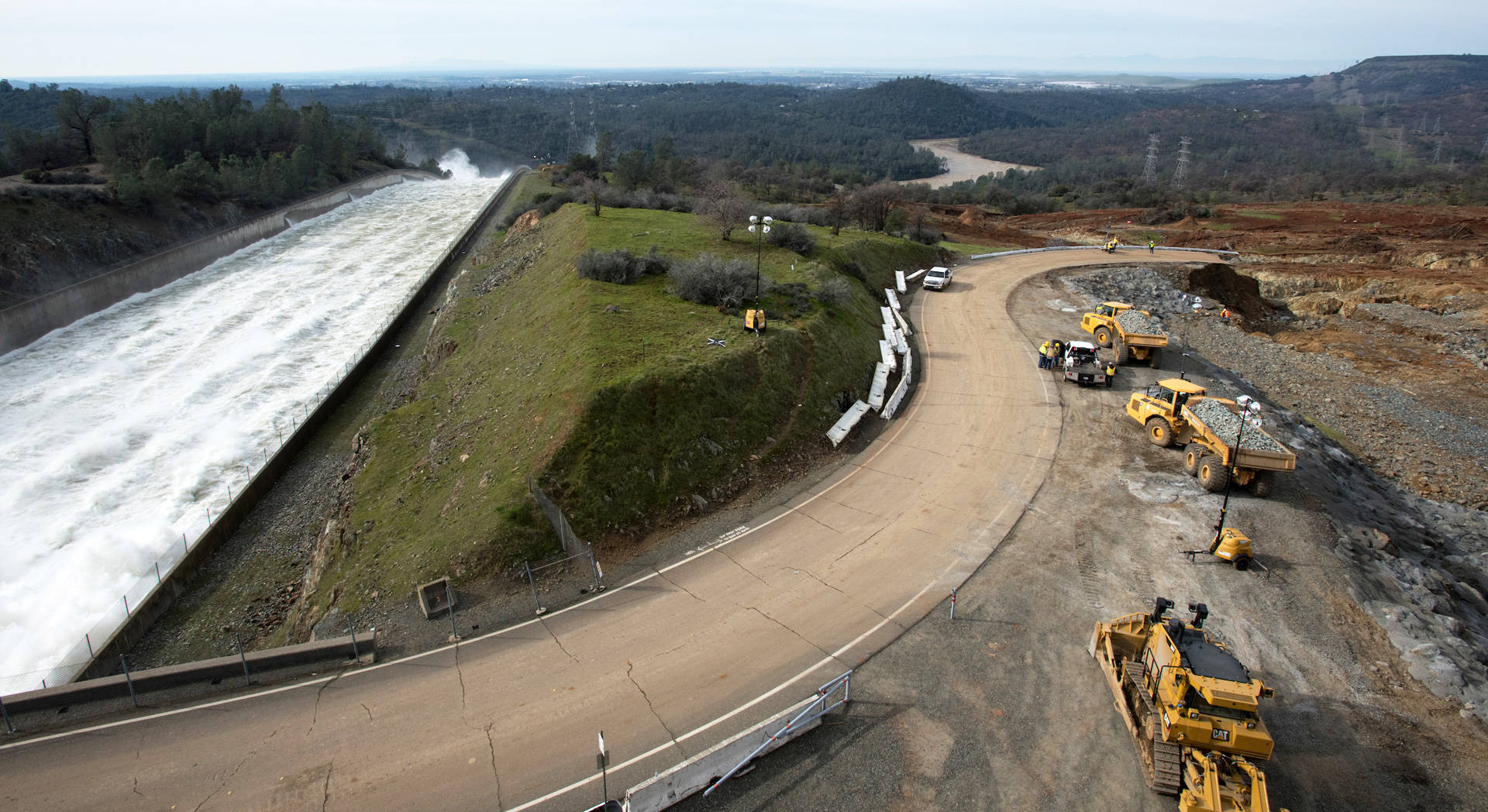As the Oroville Dam crisis highlights the need for water system improvements, California is putting forward more than $100 billion in infrastructure projects for consideration by the Trump administration.
The list was submitted before a damaged spillway at the dam led state officials to evacuate about 180,000 people last weekend. The evacuation order has since been lifted. On Tuesday the Federal Emergency Management Agency (FEMA) approved federal assistance to support communities affected by the situation at the dam.
The Trump administration had asked states to submit projects via the National Governors Association that could possibly be included in a nationwide infrastructure investment plan.
California submitted 51 projects, ranging from highway improvements and flood control to rail and transit construction. While improvements to Folsom Dam, located west of Sacramento, were included on the list, projects related to Oroville Dam were not.
Brian Kelly, secretary of California's State Transportation Agency, stressed these are not the state’s only infrastructure priorities but are ones that best met the administration’s criteria.
